From watermelon to walnuts and wampee to wahoo we are covering 29 fruits that start with W in this helpful guide!
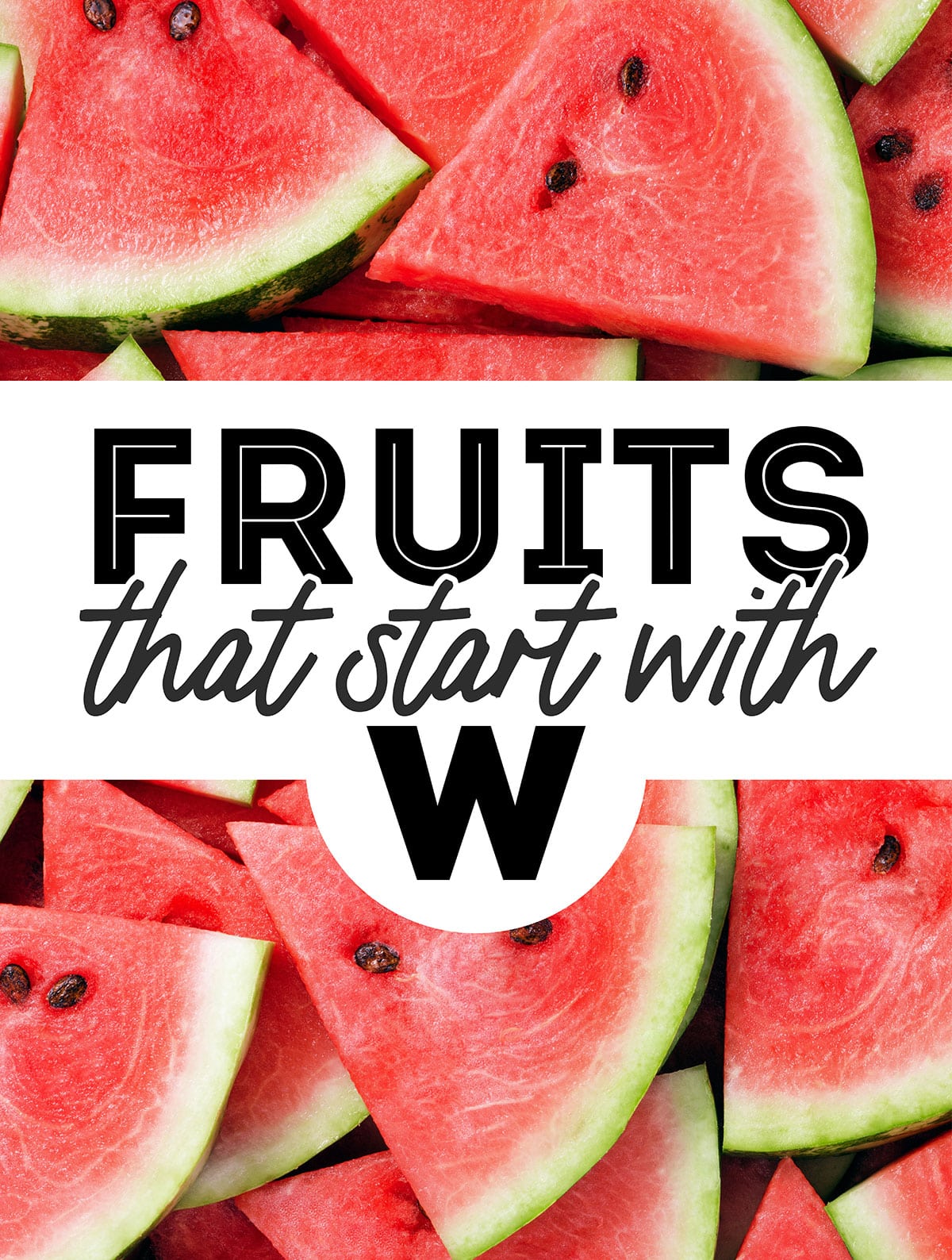
We can think of any number of reasons to search for a list of fruits that begin with W. Whether you are just preparing for a round of trivia or working on a school project, let these fruits that start with the letter W be your guide! There are some pretty wild fruits on this list, which is really just to say that many of the listed fruits are the wild variant of other fruits, but sometimes the wild-growing varieties are the best.
Watermelon Trivia
It probably comes as no surprise that watermelon is made up of a lot of water. But can you guess what percentage of a watermelon is water? (scroll to the bottom of this post for the answer!)
Wahoo
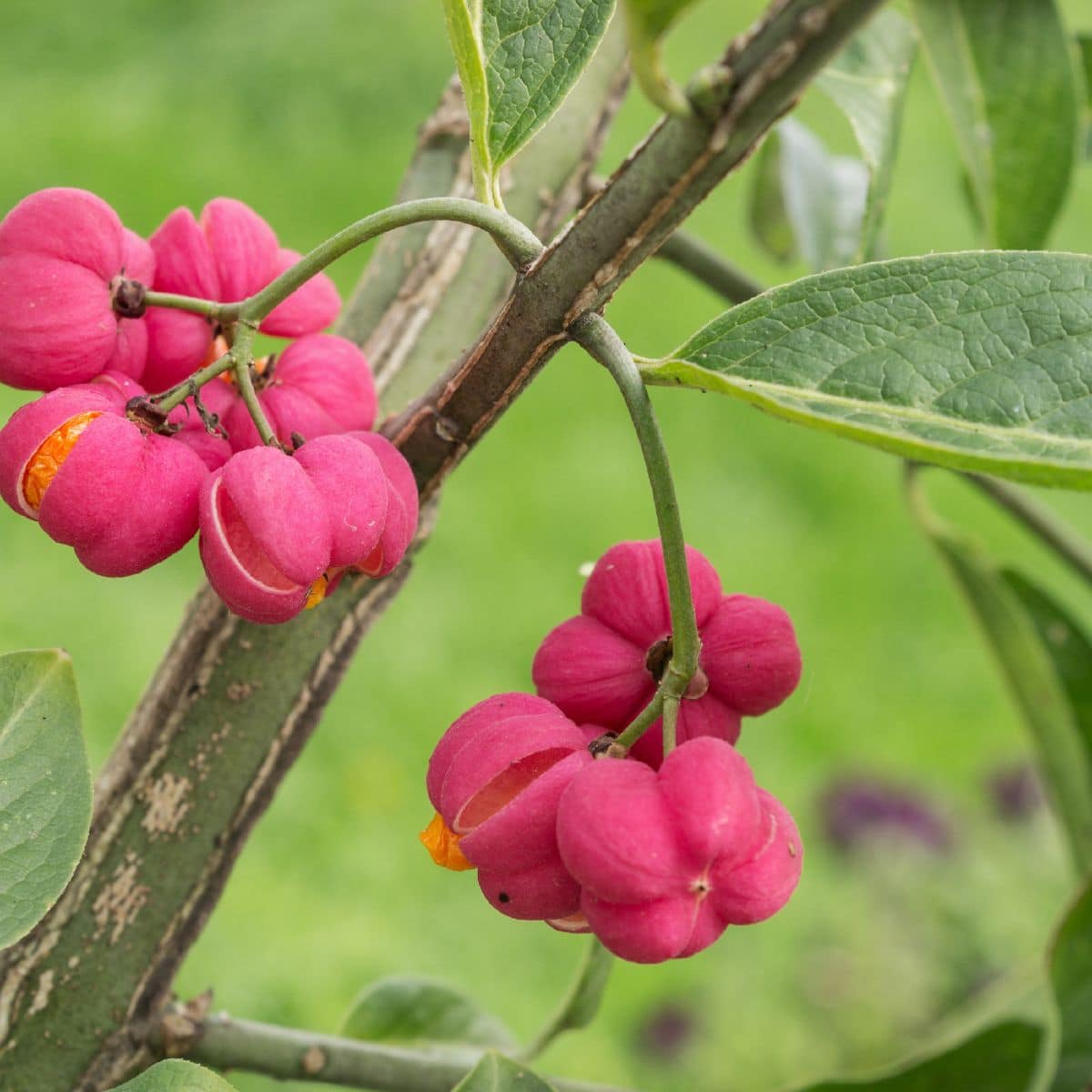
Wahoo Fruit is an invasive shrub found in the United States Midwest. It is poisonous for humans, but the fruit and bark are used medicinally despite potential safety issues.
Walnut
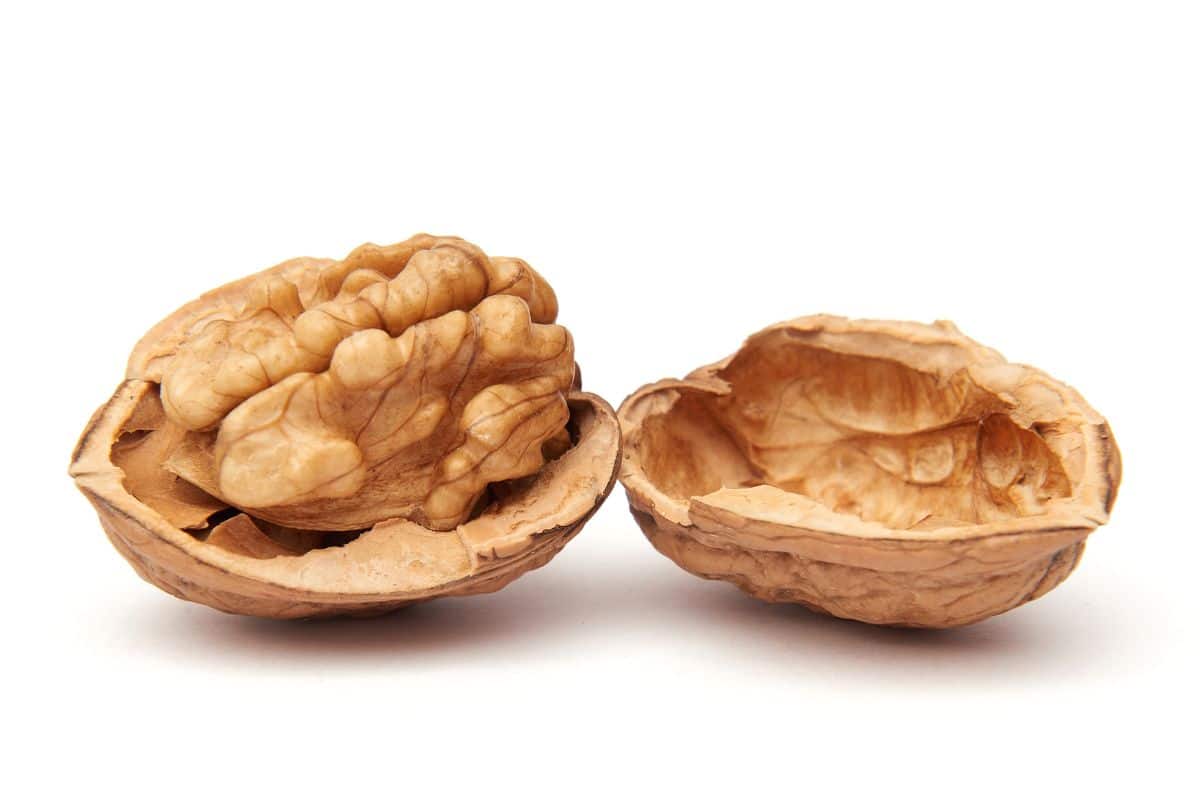
Walnuts are considered by most to be nuts, but are in fact single seeded stone fruits. There are two varieties of walnut. The English Walnut originated in Iran while the Black Walnut came from North America. Black walnuts are much more difficult to find commercially as its hard shell makes hulling them difficult. Walnuts have been eaten for at least 1,500 years as evidenced by historical records of them in Byzantium where they were known as the Royal Nut.
Wampee
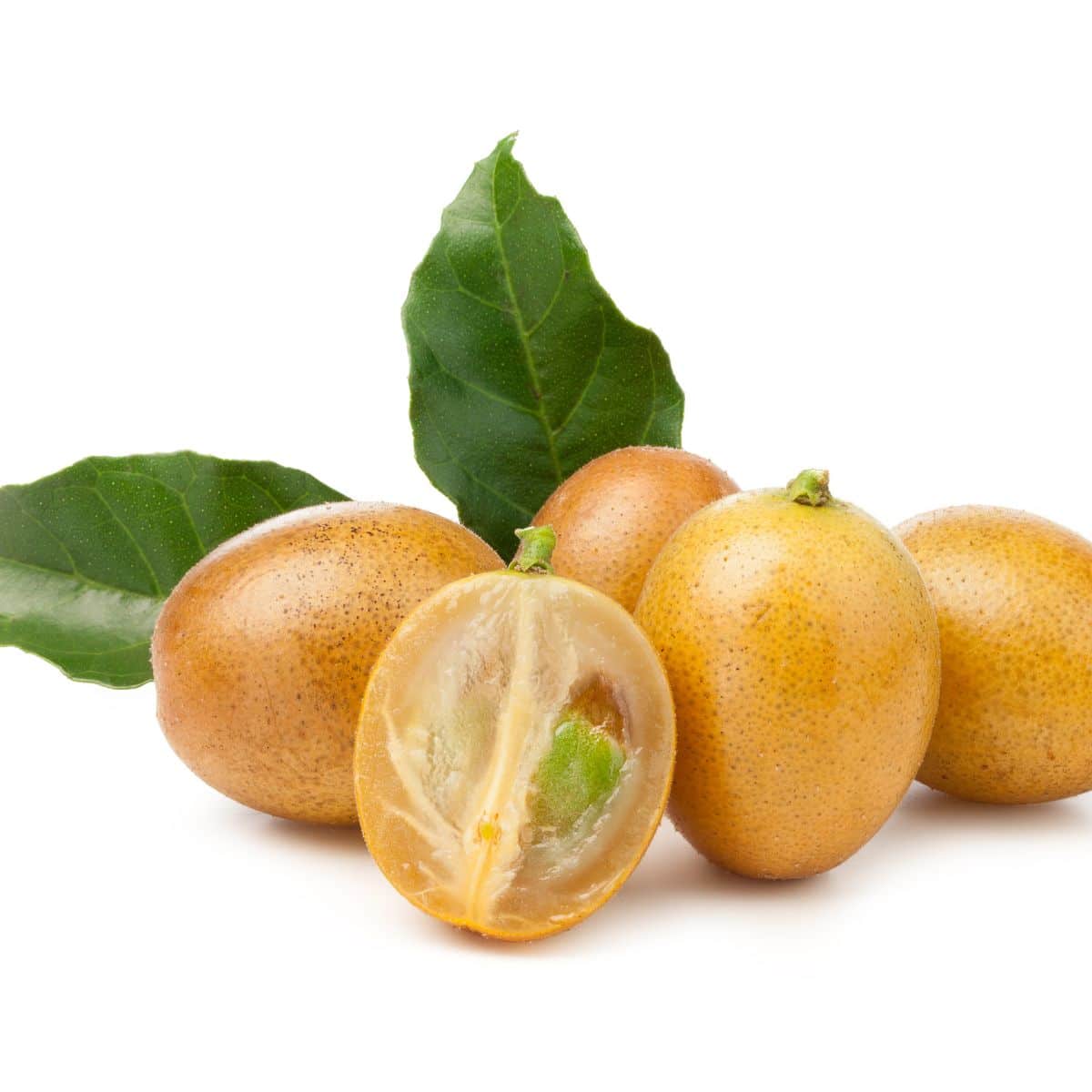
The Wampee is native to Southeast Asia. This grape-sized citrus is often eaten whole but is sometimes used in recipes that call for a sweet/sour flavor. They are not commonly used in dessert recipes. Today they are grown in China, Vietnam, The Philippines, and Indonesia, but can occasionally be found growing in Florida and Hawaii.
Water Apple
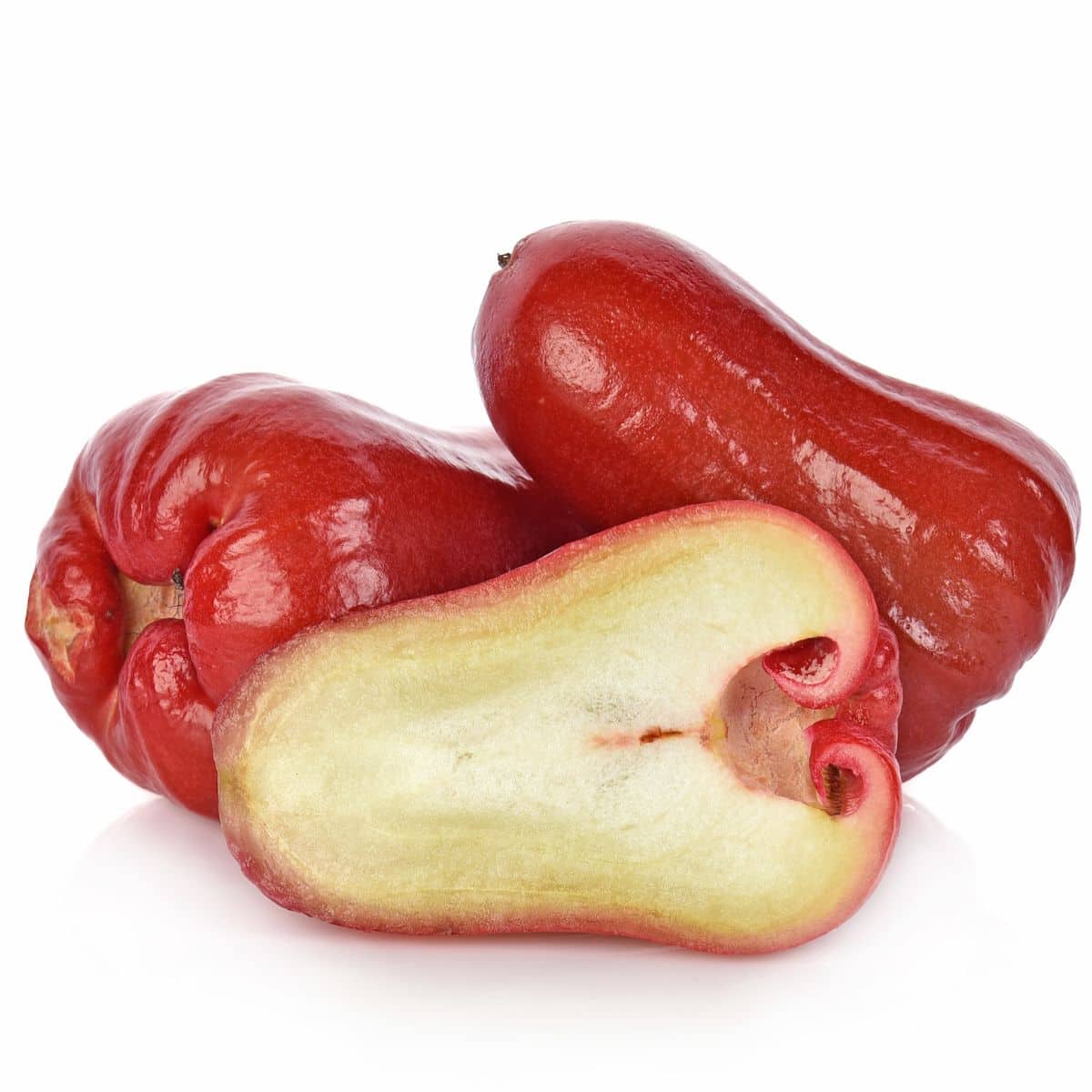
Water Apples are also known as Rose or Java Apples and are native to Southeast Asia. They are a staple in Vietnam where, like most apples, they are often eaten out of hand. The water apple has a distinctive bell shape and ranges in color from pink to bright red.
Water Chestnut
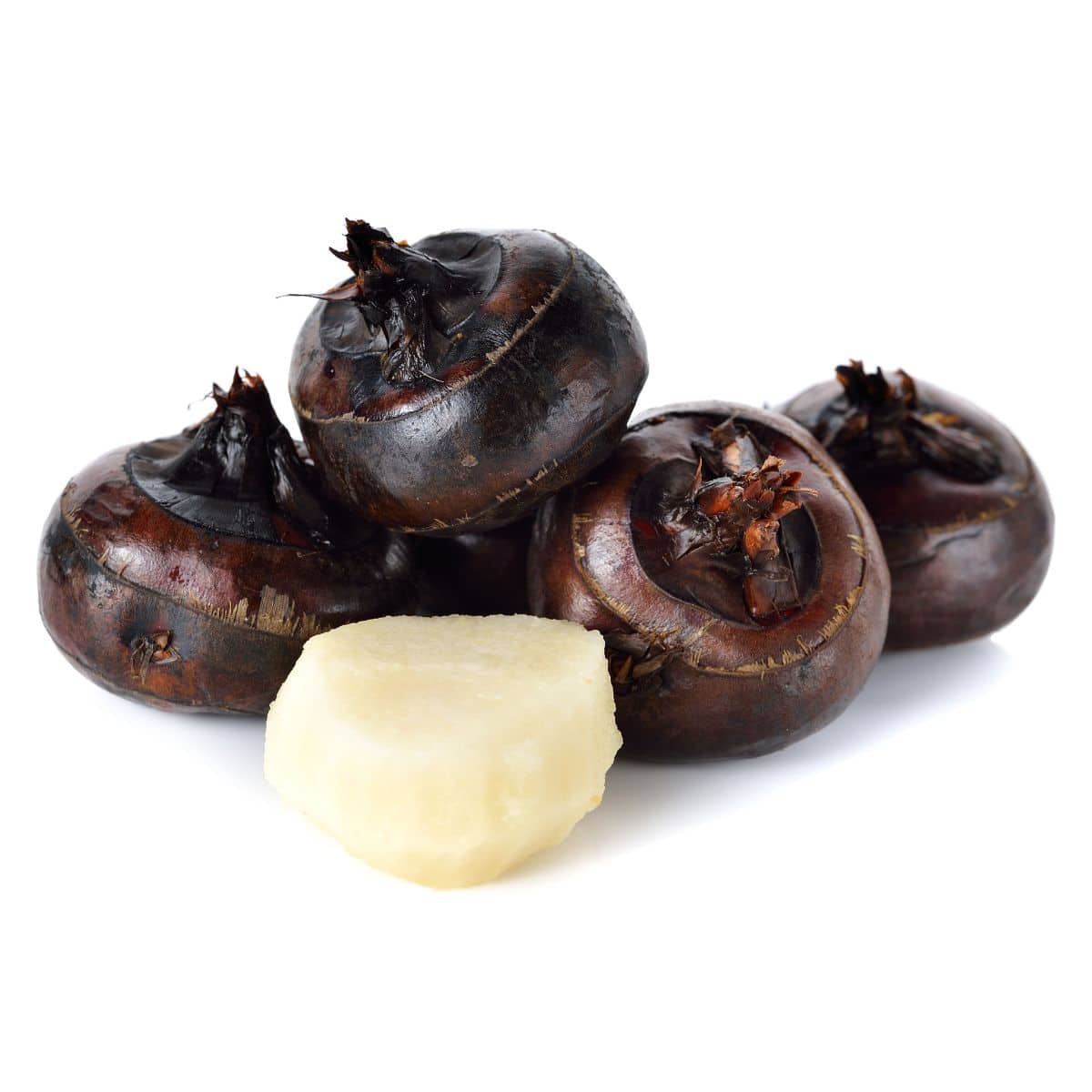
Water Chestnuts got their name from their resemblance to chestnuts, but they are not nuts at all. They grow under water in marshy areas. Their small fruit have a crisp slightly sweet taste and are often eaten raw, boiled, grilled, or pickled. They are a common ingredient in Chinese cuisine though in China they are most commonly eaten raw.
Watermelon
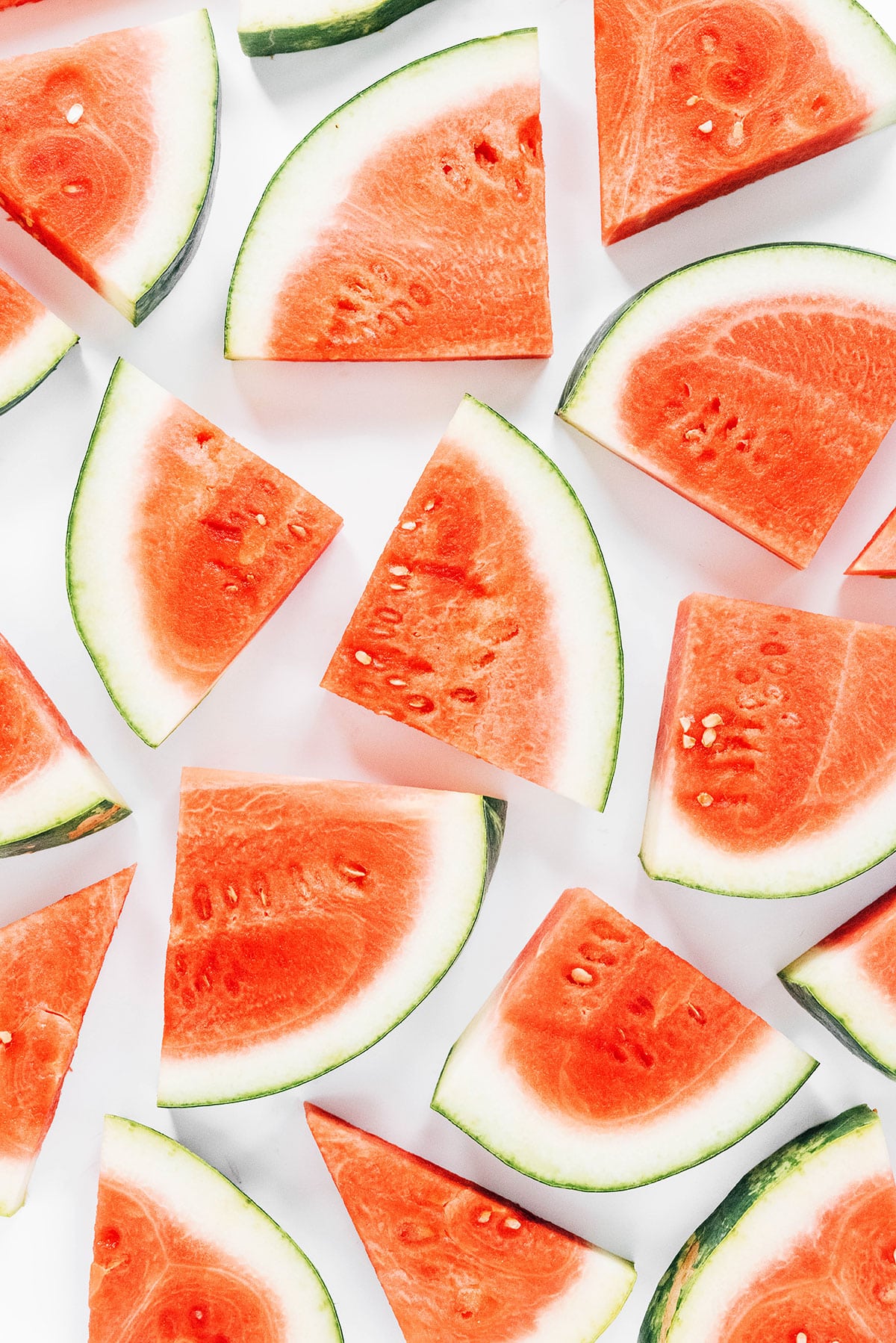
Watermelons are 92% water, so their name is appropriate. They are generally considered melons, but are scientifically a type of berry called a pepo. Adding to the confusion over their culinary status, Oklahoma named the watermelon their state vegetable. There are around 1,000 varieties worldwide, and they are grown in climates from tropical to temperate.
Watermelons originated in Southern Africa, but appeared in Egypt over 4,000 years ago on the way to going worldwide. The normally red fruit is famous for being sweet and juicy, but don’t neglect the rind. The rind is often used in Chinese cuisine and is not only perfectly edible, but great in this Strawberry Watermelon RIND Smoothie. For more ideas on how to use, select, store, and more check out Health Benefits of Watermelon!
Wax Apple
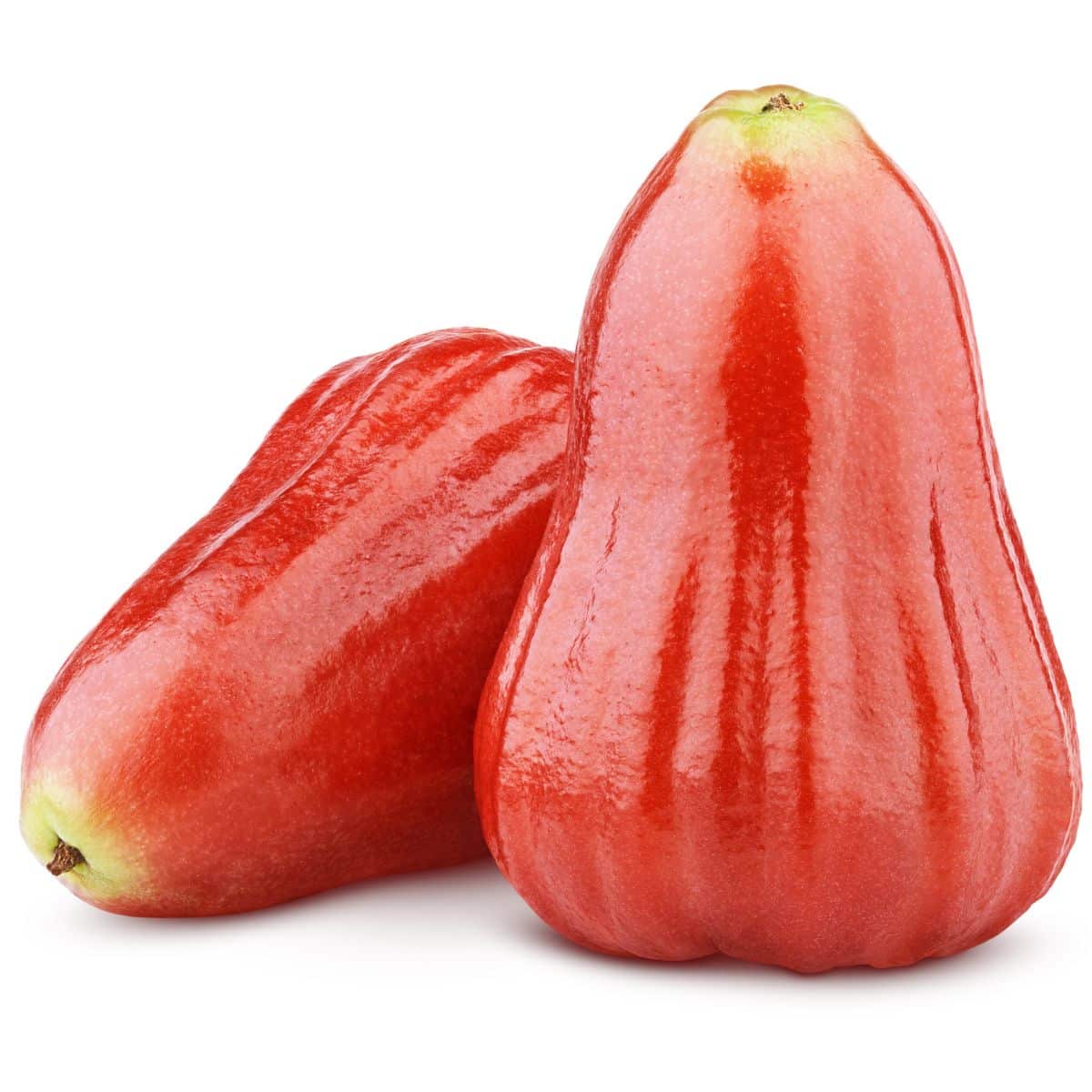
The Wax Apple is also known as the Java or Rose Apple and is native to Southeast Asia. They are probably most commonly eaten in Vietnam where they are often eaten out of hand. The wax apple has a distinctive bell shape with colors ranging from pink to bright red.
Wax Gourd
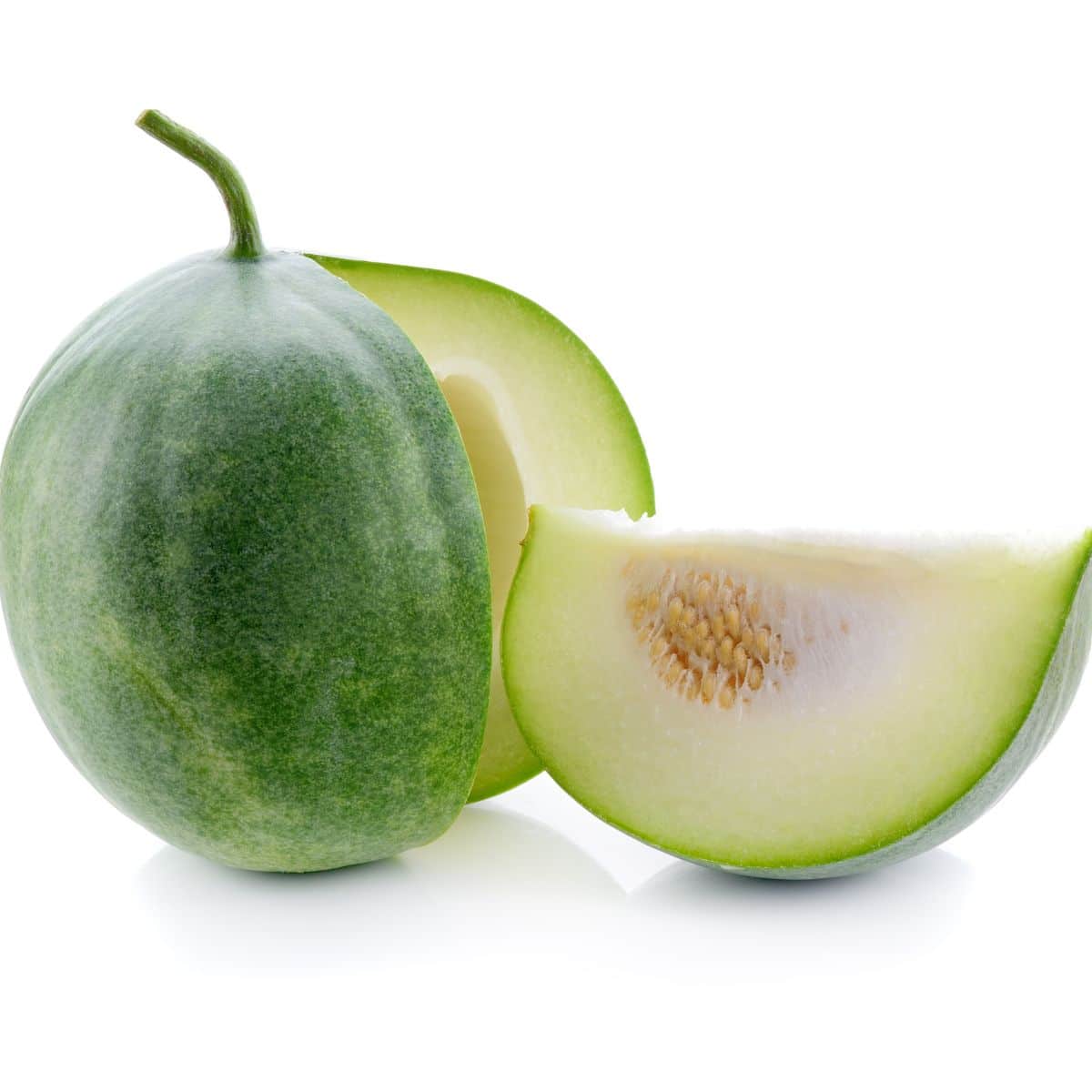
Wax Gourd or Winter Melon is native to South and SE Asia and grown across much of this swath of the continent. Its culinary uses vary widely by nation, but it has a distinct advantage of preserving for a longtime, rather like winter squash, making it readily available much of the year. In India it is also used for medicinal purposes.
Wealthy Apple
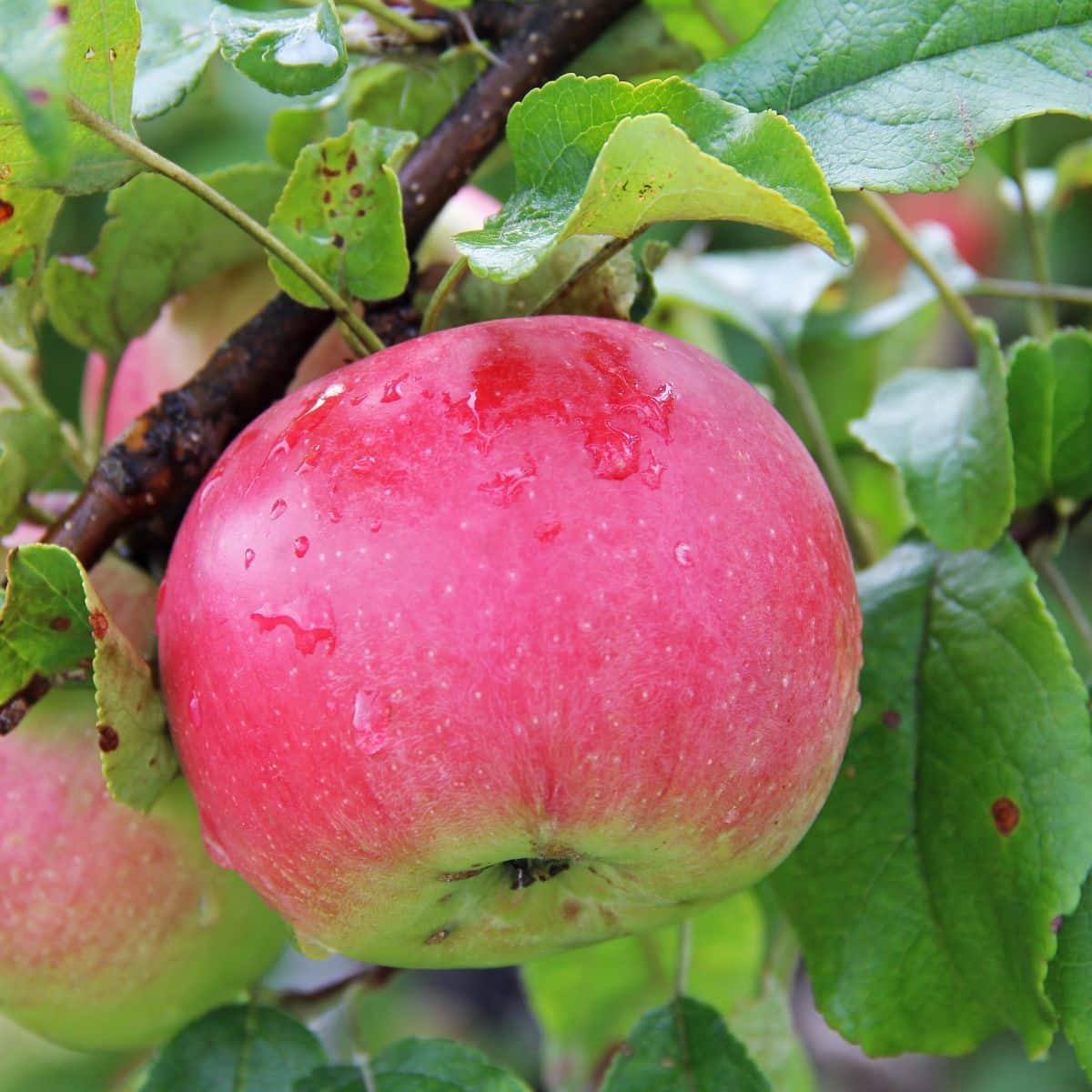
Wealthy Apples were developed in the 1870s by Peter Gideon in Minnesota. Prior to these apples, only crab apples grew in Minnesota. Through some dedication and trial and error, Peter crossed The Siberian Crab Apple Tree with one or more variants of trees from Maine. The result was this hardy red apple.
West Indian Cherry
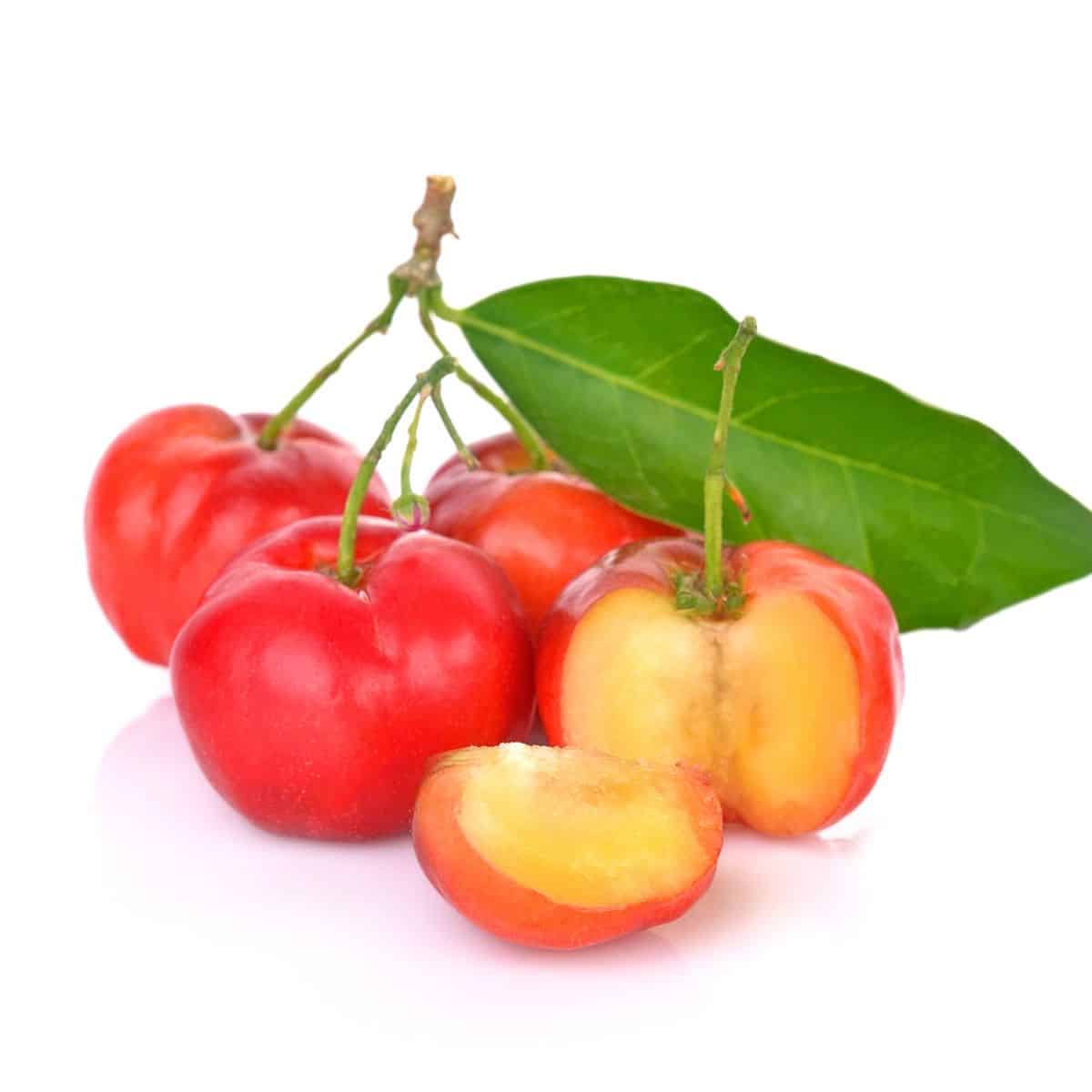
The West Indian Cherry is also known as the Acerola Cherry or Barbados Cherry. They are very high in Vitamin C, and their deep red color makes them popular for use in jellies, jams, wine, ice creams, pies, and popsicle recipes. If you want to include West Indian and other cherries in your diet read all about the nutritional benefits of cherries.
Western Hackberry
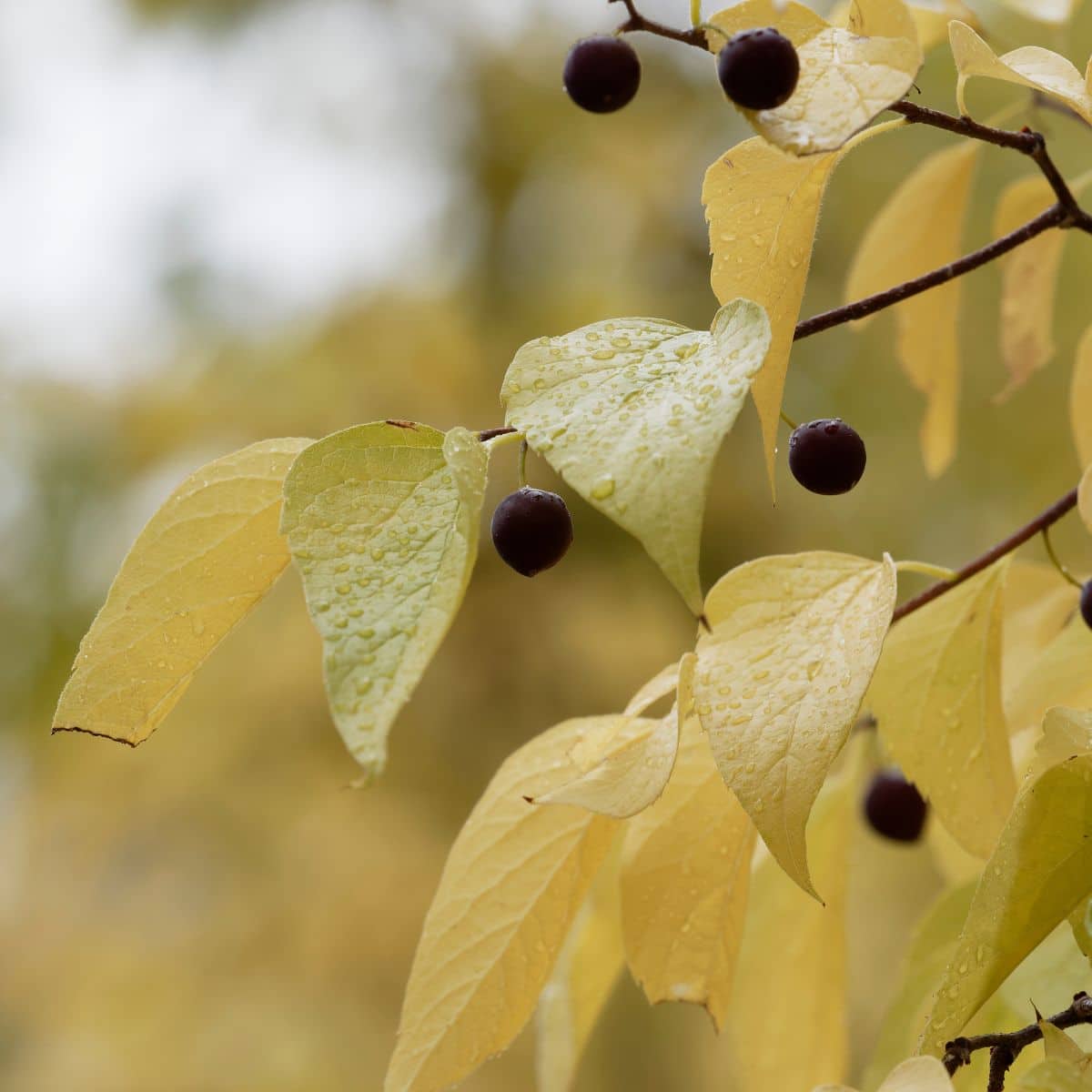
Western Hackberry is a North American berry most of us haven’t heard of largely because it is difficult to pick. The berries are small and grow higher up in the trees making them not worth the bother to most people. They have a sweet pulp enclosed in a crunchy shell. Hackberries have been eaten for thousands of years as evidenced by remnants of them found in ancient cave dwellings.
White Aspen
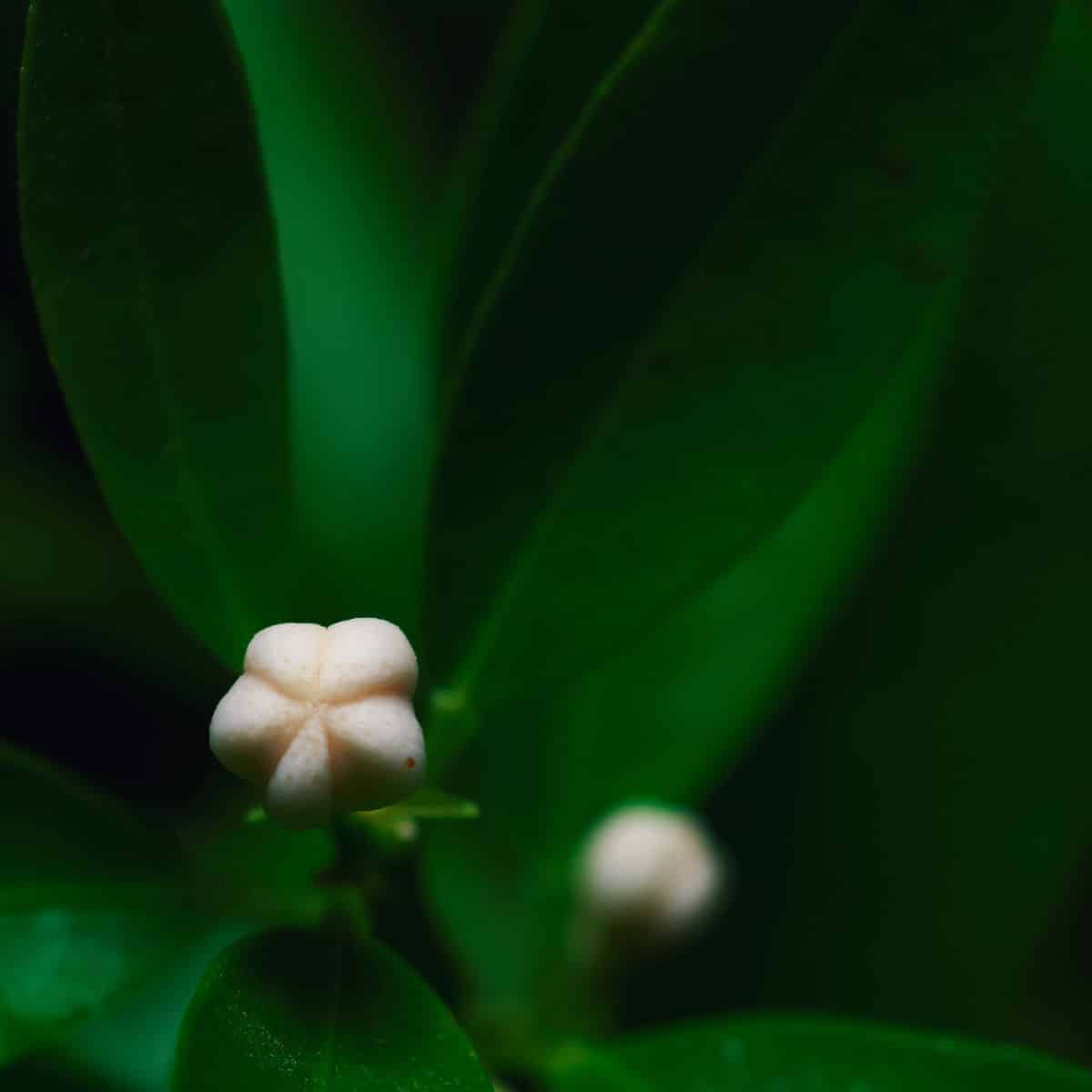
The White Aspen fruit is native to Eastern Australia. The small white berries have a lemon to orange flavor, and can be cooked with seafood or poultry, added to salads, and used in making preserves, juices and cocktails.
White Currant
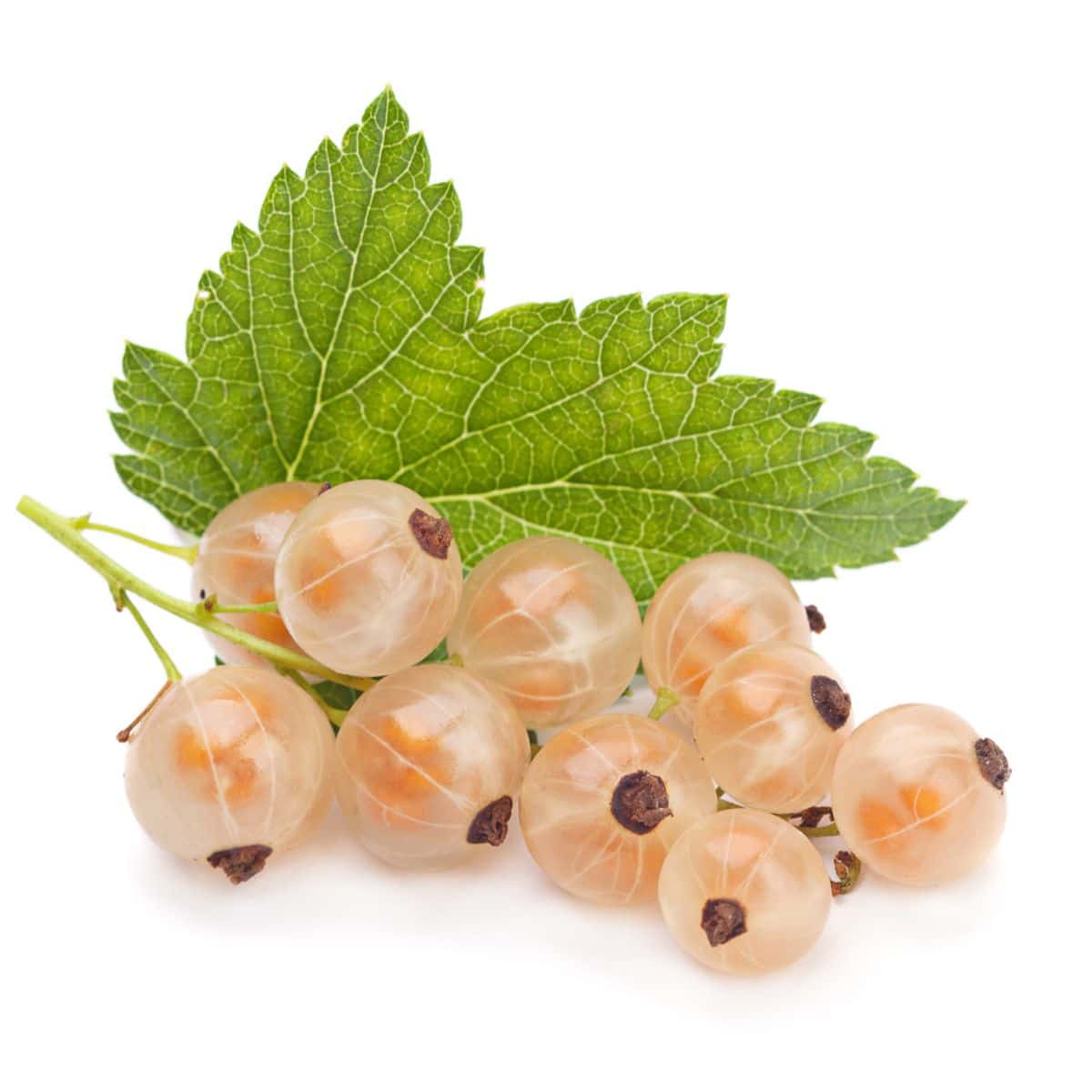
White Currants are simply an albino cultivar of red currants, and are thus very similar. While red currants are often used in cooking, white currants are more often made into preserves (which are normally pink), wines, and syrup.
White-Flowered Gourd

The White-Flowered Gourd is also called the Calabash. It is a bright yellow squash variety. The most common use appears to be dried as a decoration (I’m thinking of that spooky-looking thing on Grandma’s porch). It is, however, eaten around the world with many uses from soups, roasted seeds, etc.
White Mulberries
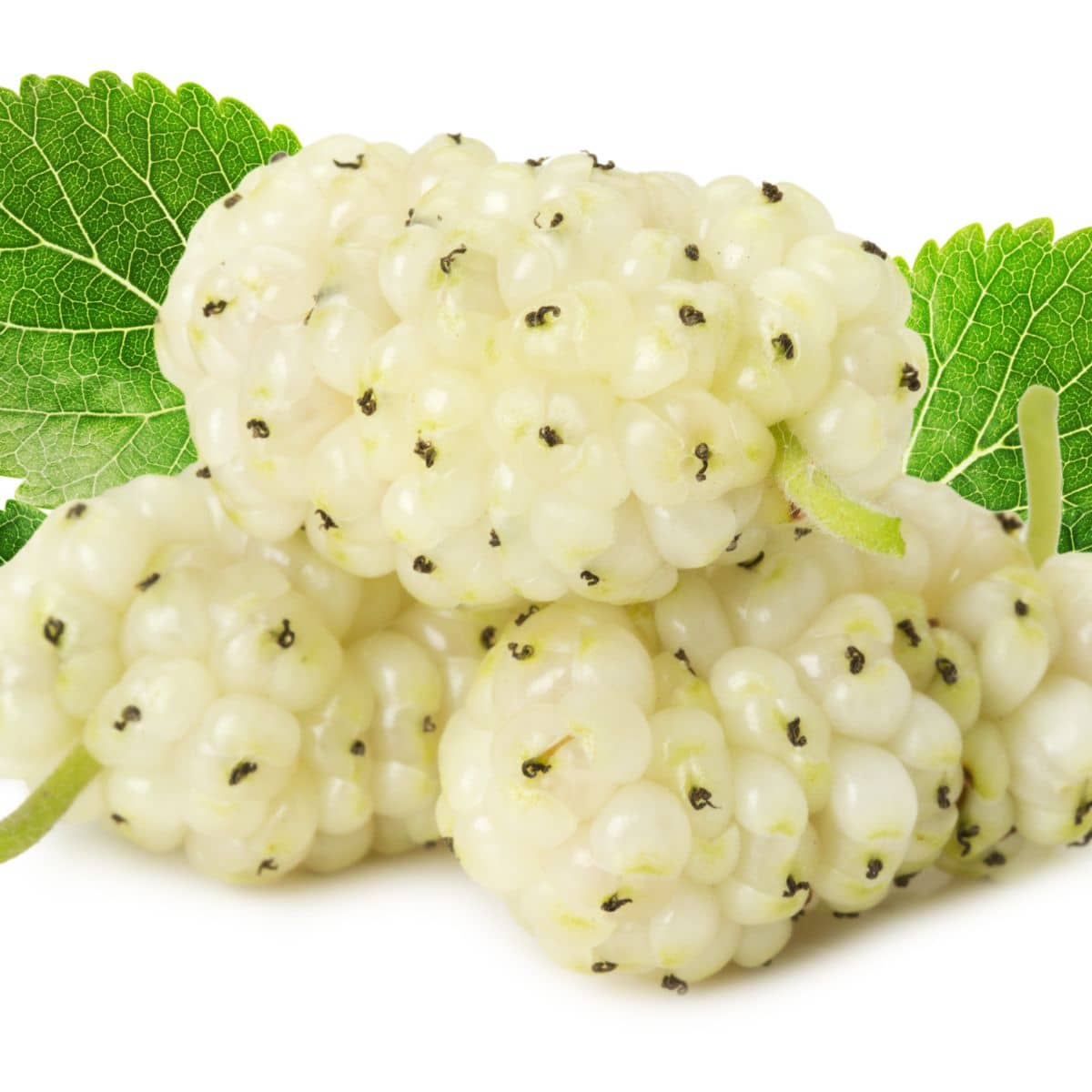
White Mulberries are native to India, but are now grown in the USA, Mexico, Australia, Argentina, Turkey, and a host of other nations. While the fruit is certainly edible, they are grown primarily to feed silkworm and have been for over 4,000 years.
WildBacher Grape
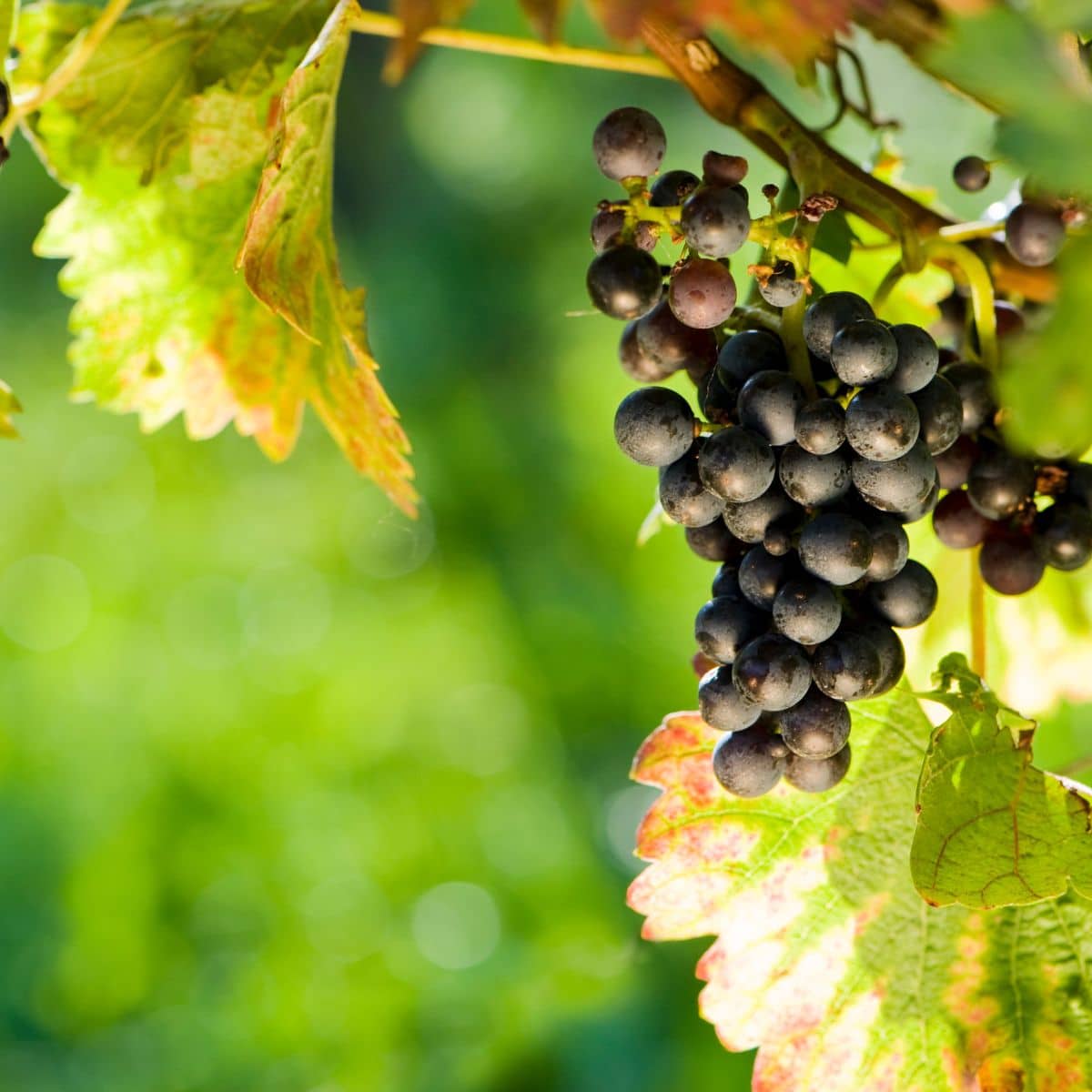
Wildbacher Grapes are grown in Austria and Northern Italy. Wildbacher grapes are a very old variety believed to date back to at least the time of barbarian tribes living in Austria (around 1,500 years ago). The wines derived from these grapes are said to have a flavor of red berries or a herbal flavor.
Wild Banana
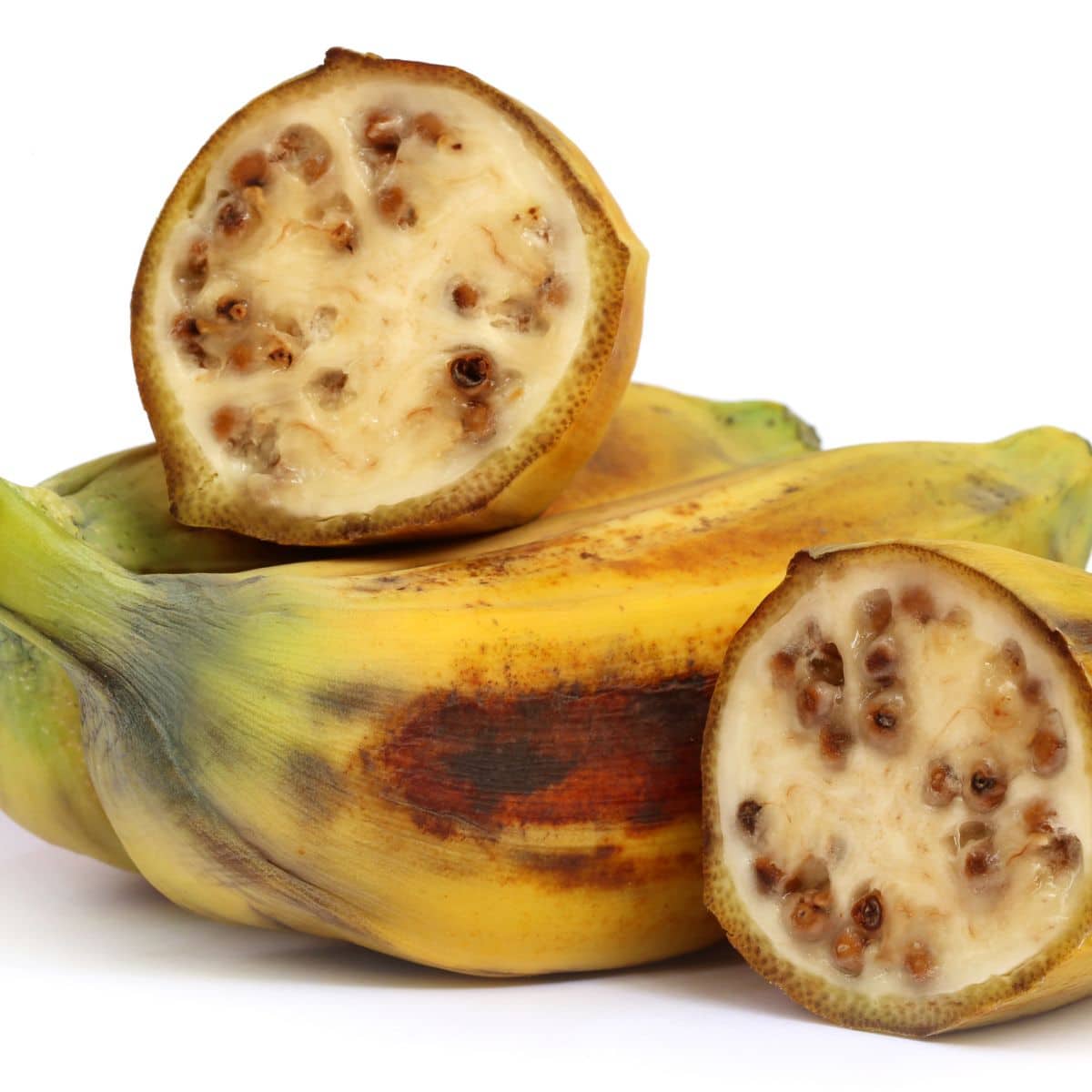
Wild Bananas may have originated as much as 10,000 years ago. Unlike modern bananas that have been crossbreed to produce seedless fruit, the wild banana is loaded with seeds. In fact, they have more seeds than pulp. Not a really enticing banana. There is so much to the modern, non-wild, bananas we love today that we had to do a whole separate post on them at Bananas 101 and our sister post on 15 Healthy Banana Recipes.
Wild Custard Apple
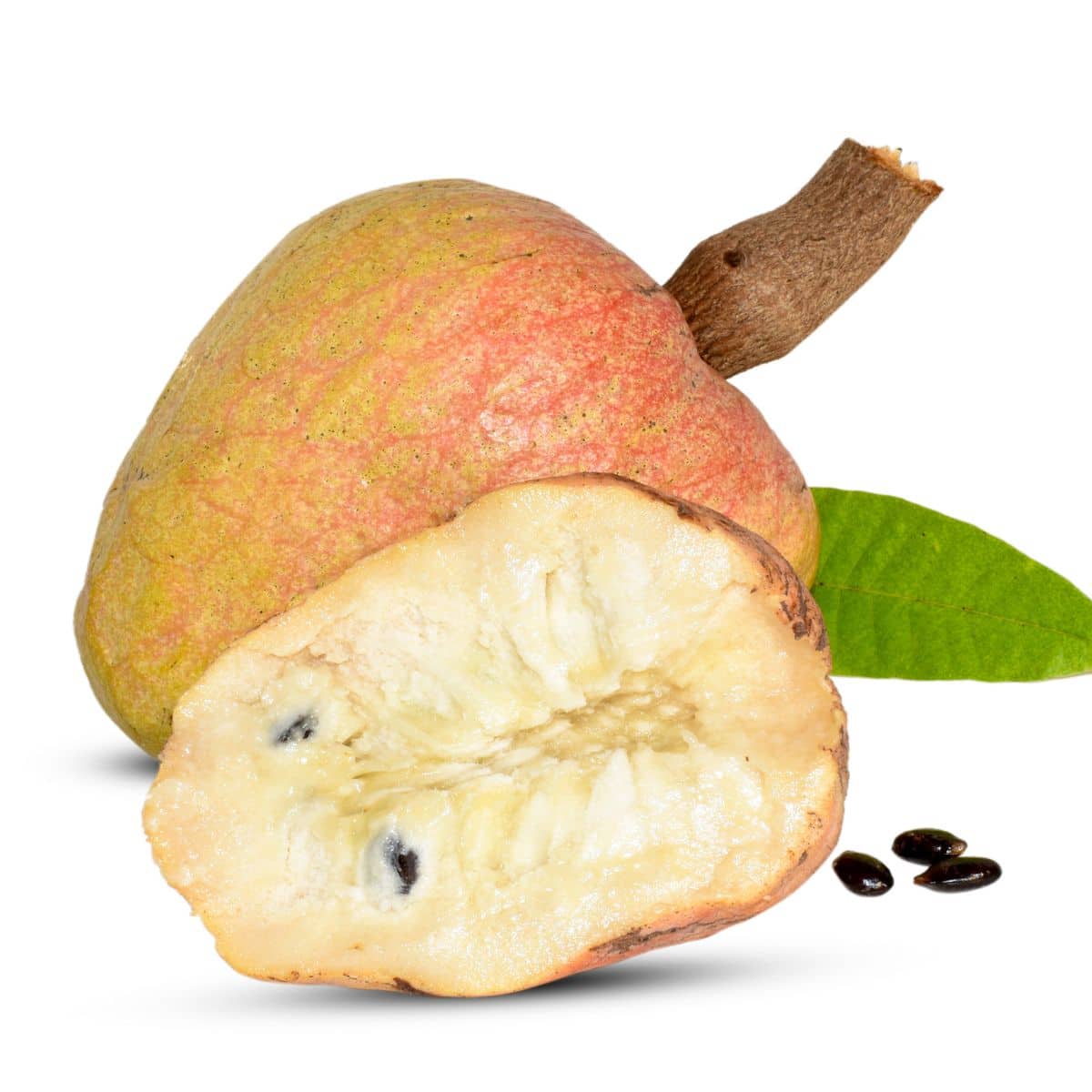
Wild Custard Apples are a traditional food in Africa that is seen as a potential food source to improve nutrition and food security in food insecure areas of Africa. The fruit’s pulp is said to have an apricot-like flavor.
Wild Lemon
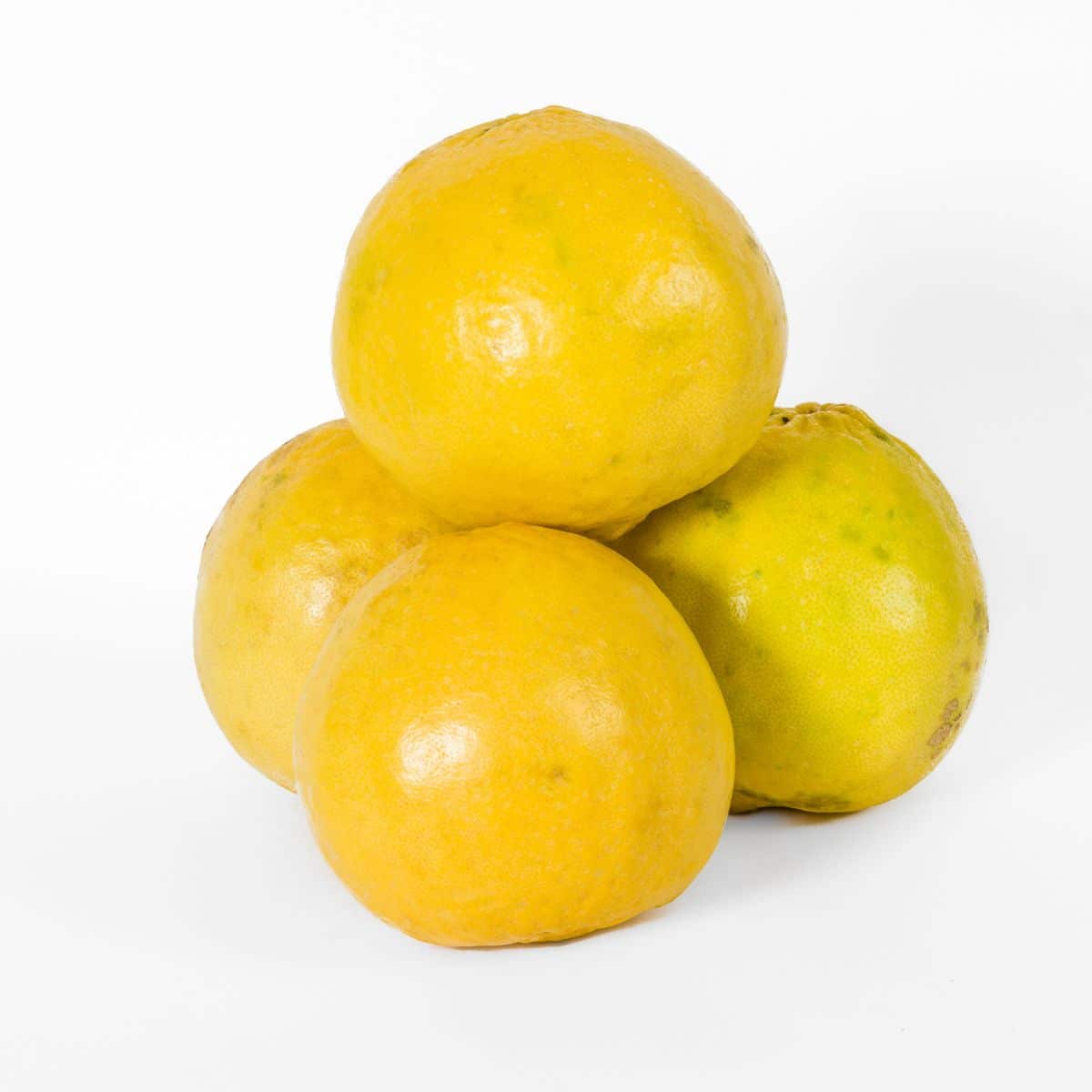
The Wild Lemon grows in subtropical Australia. They are very hardy, have a thick skin with a characteristically lemon flavor. Lemons are one of the world’s most common fruits as they are grown and eaten around the world. This said, oddly we aren’t sure of their origin. They are nutritional powerhouses low in calories, but high in vitamins. For more on lemons check out Lemon 101.
Wild Lowbush Blueberry
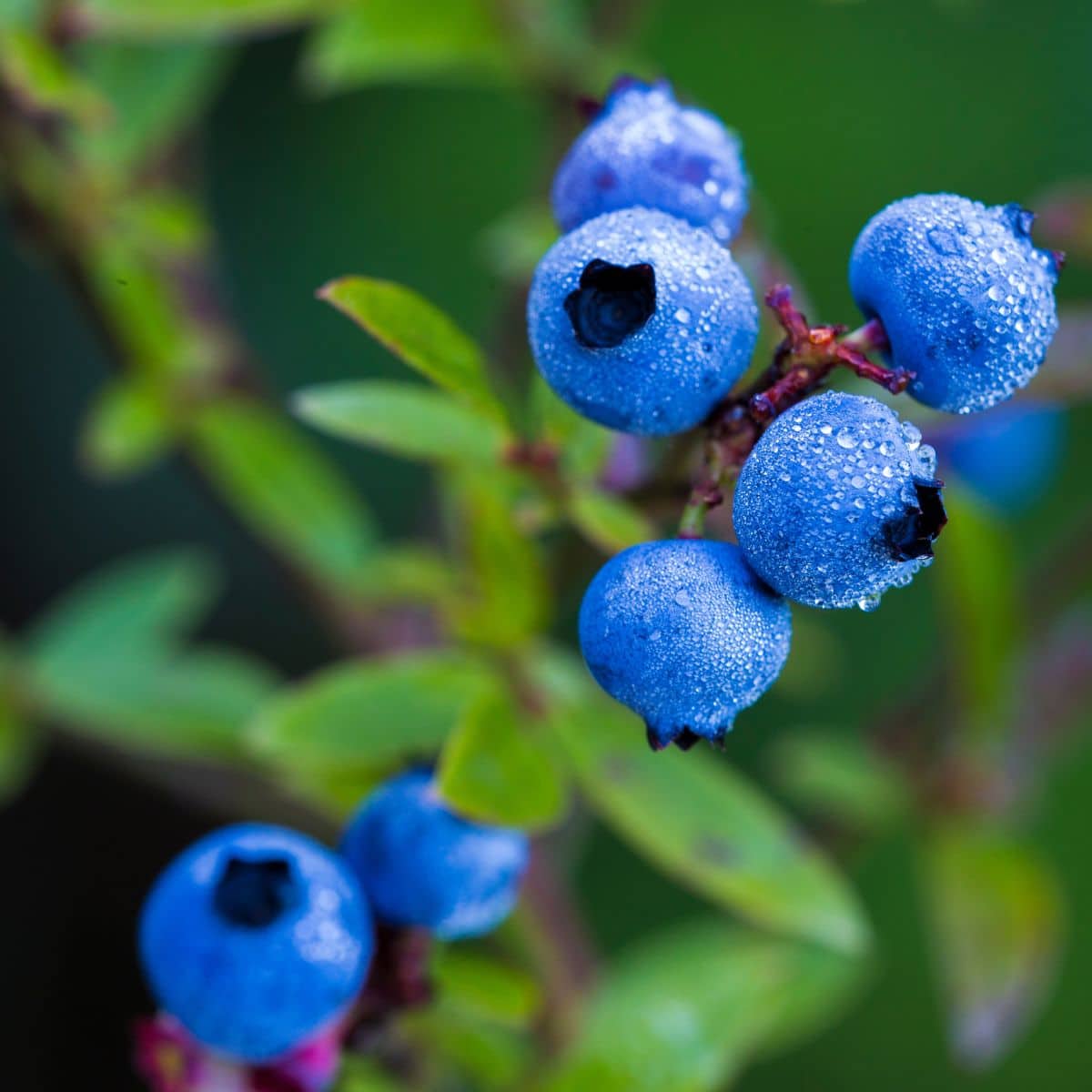
Wild lowbush blueberries are native to and common in New Hampshire. These small blueberries often grow wild in otherwise empty fields, on mountainsides, along roads, and in less dense forests. They grow very low to the ground vs on a bush like most blueberries.
Blueberries are one of only three berries native to North America. The other two are cranberries and Concord grapes. So, what is a berry? It’s a fleshy fruit produced from a single flower with no barrier between seed and pulp. That’s the botanical definition anyway. And interestingly enough, by this definition, strawberries are not berries, while bananas are. Things that make ya go hmmm.
Wild Mangosteen
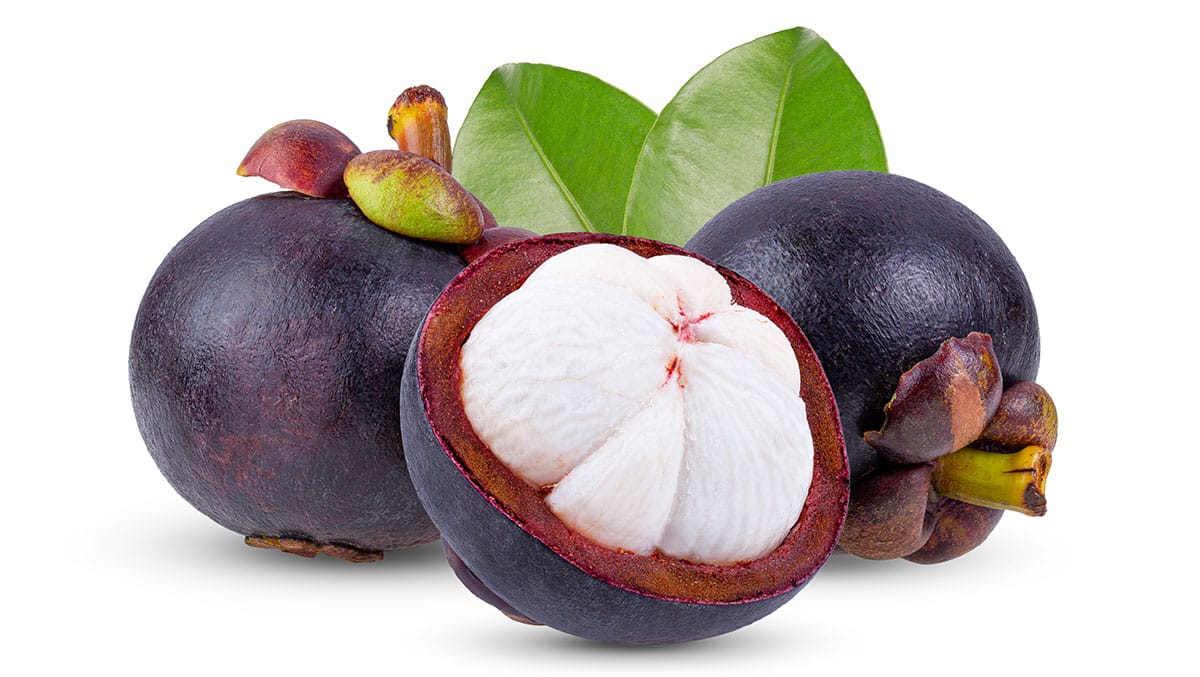
The Wild Mangosteen is also known as Santol. It is a round apple sized fruit grown in Malaysia, Australia, India, and a several other Pacific Rim nations. It ripens into a very sweet fruit that is often used in sweet applications like syrup, candy, preserves, etc.
Wild Orange
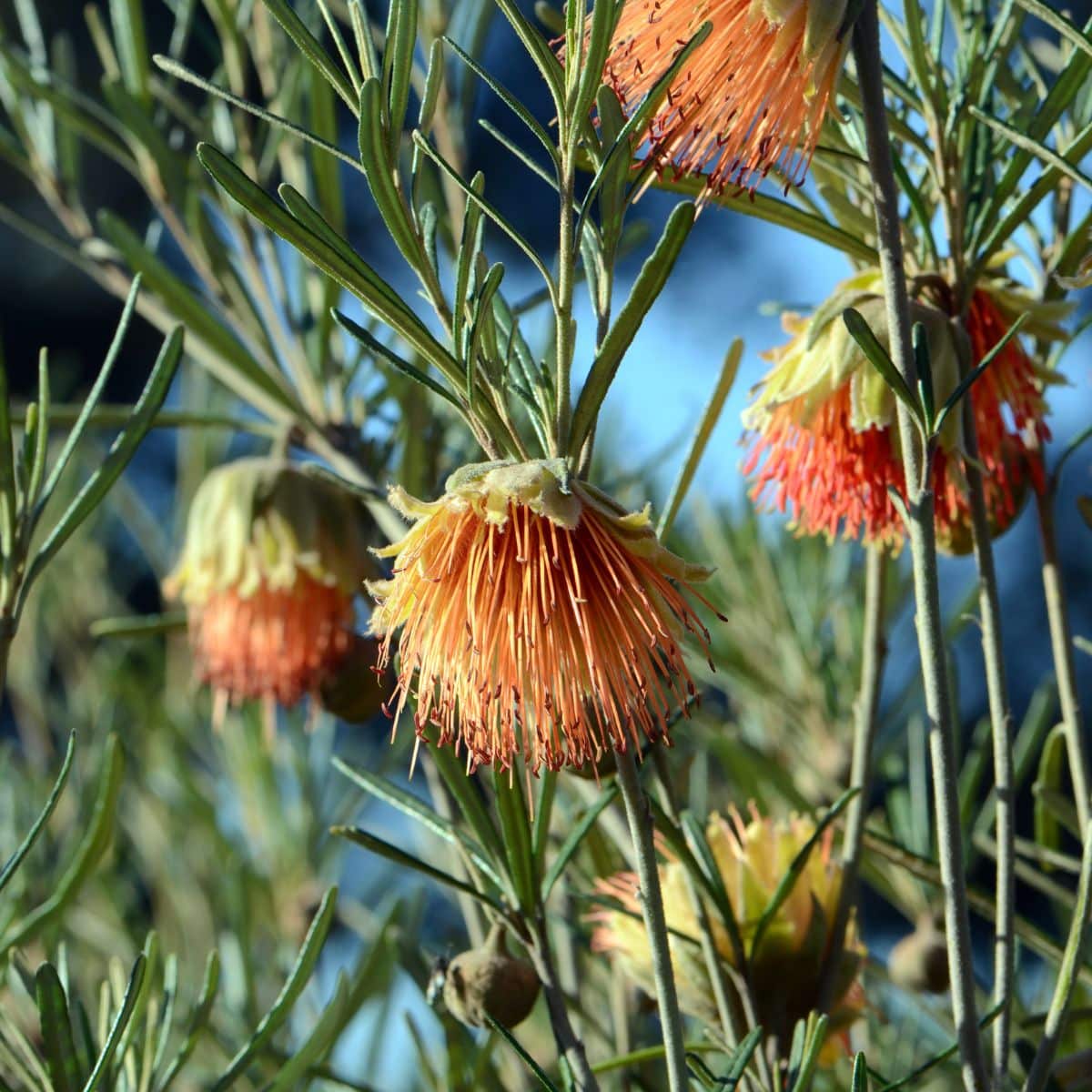
The Wild Orange is native to Australia’s dry inland areas. And it is really not an orange. It is known as a bush food and eaten by Aboriginal Australians who eat them raw or in both sweet and savory dishes.
Wild Peach

The Wild Peach simply refers to peaches that are not cultivated, but simply grow naturally where their seeds can take root. They are eaten from the tree, but they tend to be sour, so using them in baking or sweetened into preserves is often a better option. Peaches are an American favorite and are very healthy. At only 11 calories an ounce, they are low calorie, and are high in vitamin A and C. The uses for peaches are endless, but if you want to try something different and decadent check out this Grilled Peach Caprese with Basil Lime Drizzle Recipe.
Wild Strawberry

Wild Strawberries aren’t quite the strawberries we are accustomed to getting at the market or growing in our gardens. These berries are typically only the size of grapes. Also known as Alpine Strawberries, they can be found wild on most continents. Strawberries are very nutritious, and Strawberry Recipes are about as all-american as apple pie.
Wild Sugar Apple
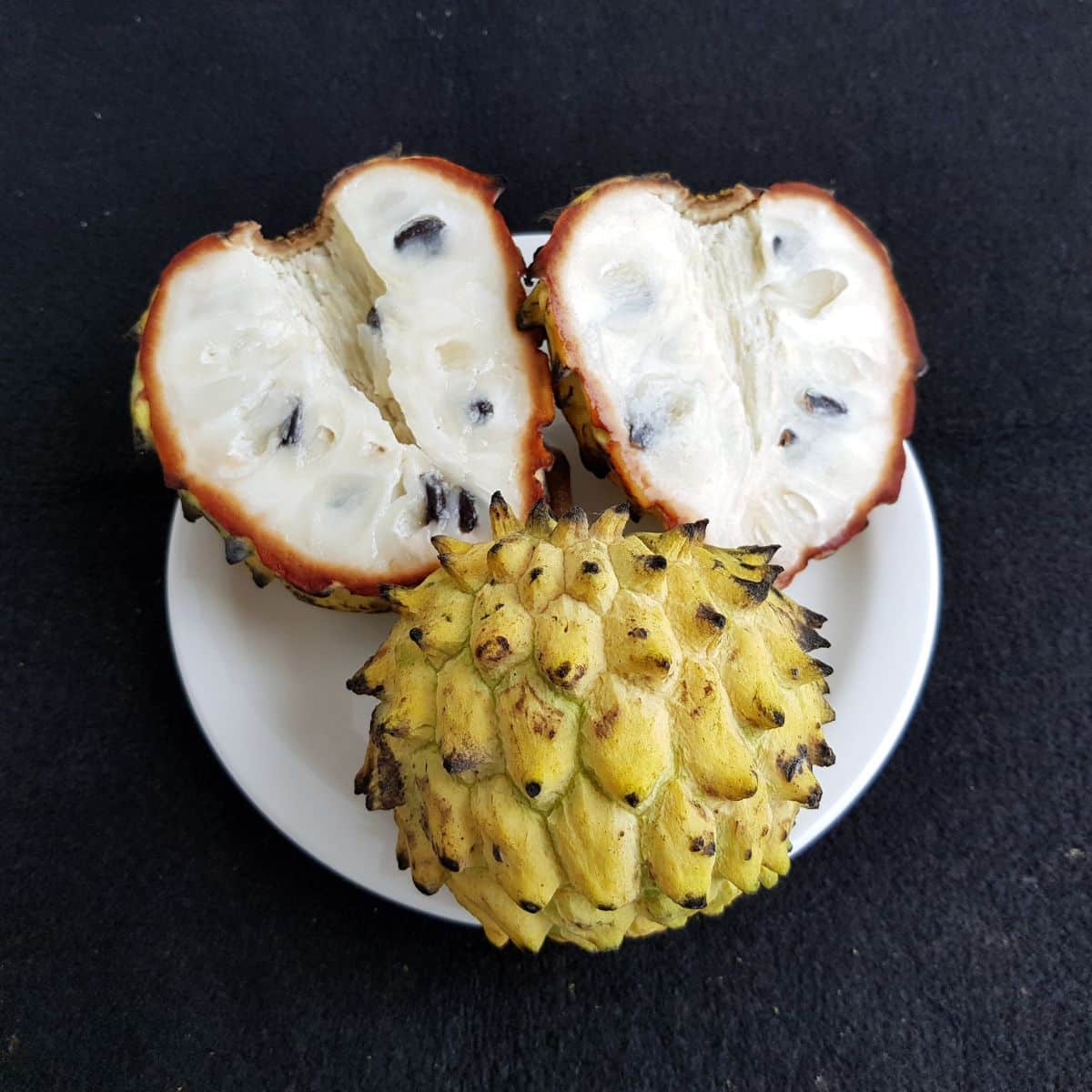
The Wild Sugar Apple is native to Northern Brazil but is also found in Guiana, Peru, Argentina, and Mexico. It does not look at all like an apple as it is covered in large low spines (perhaps more like bumps). Its white pulp is sweet and succulent. In Brazil, they are often eaten fresh or fermented into wine. They can also be used to make juice, ice cream, and jams.
Wild Water Lemon
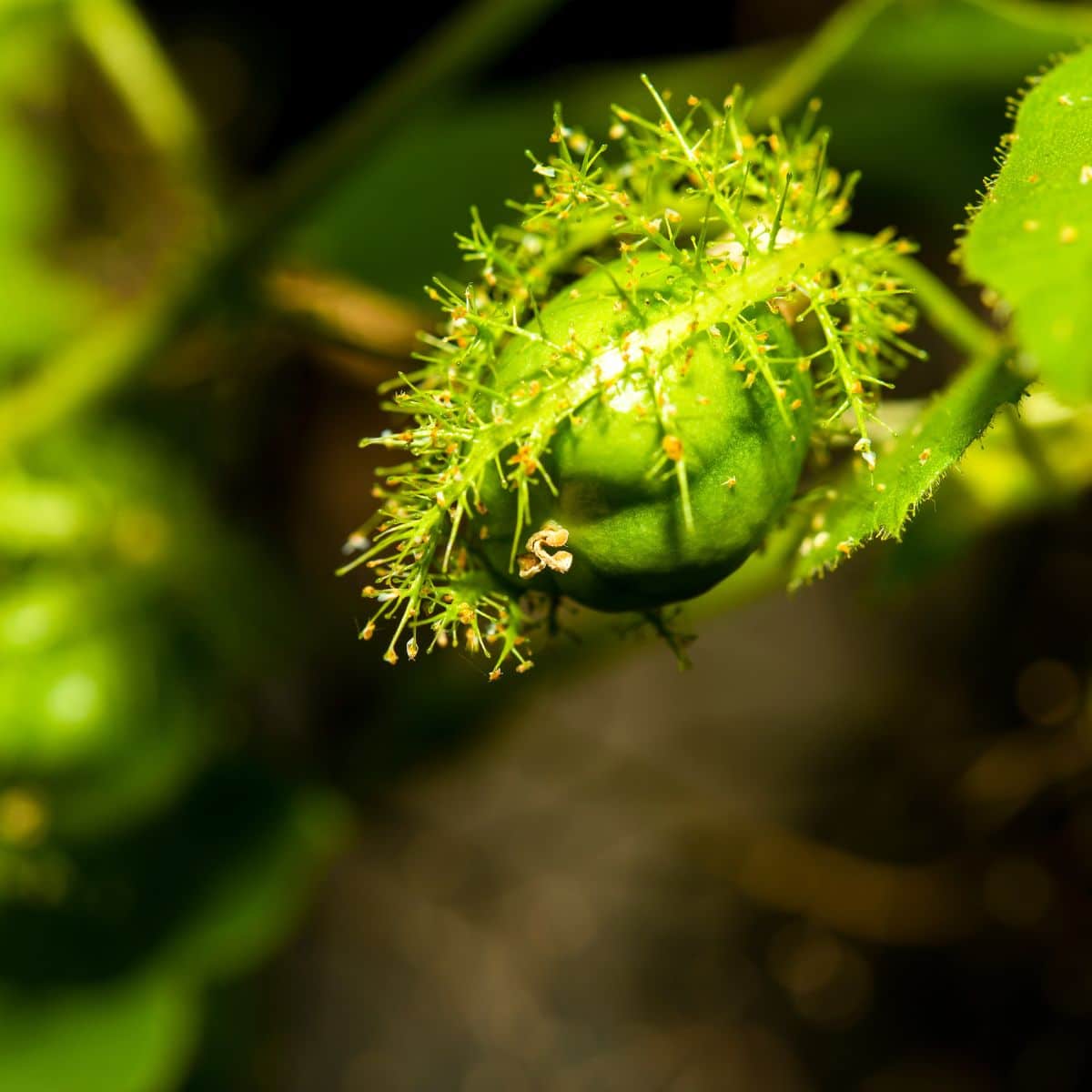
Wild Water Lemons are actually a variety of passion fruit native to tropical regions of South and Central America. They have also been adopted in Asia, and are considered an invasive species on some Pacific Islands. The medium sized fruit are orange with a white to yellow pulp which is said to be very juicy but without the characteristic tartness of passion fruit.
Williams Pear
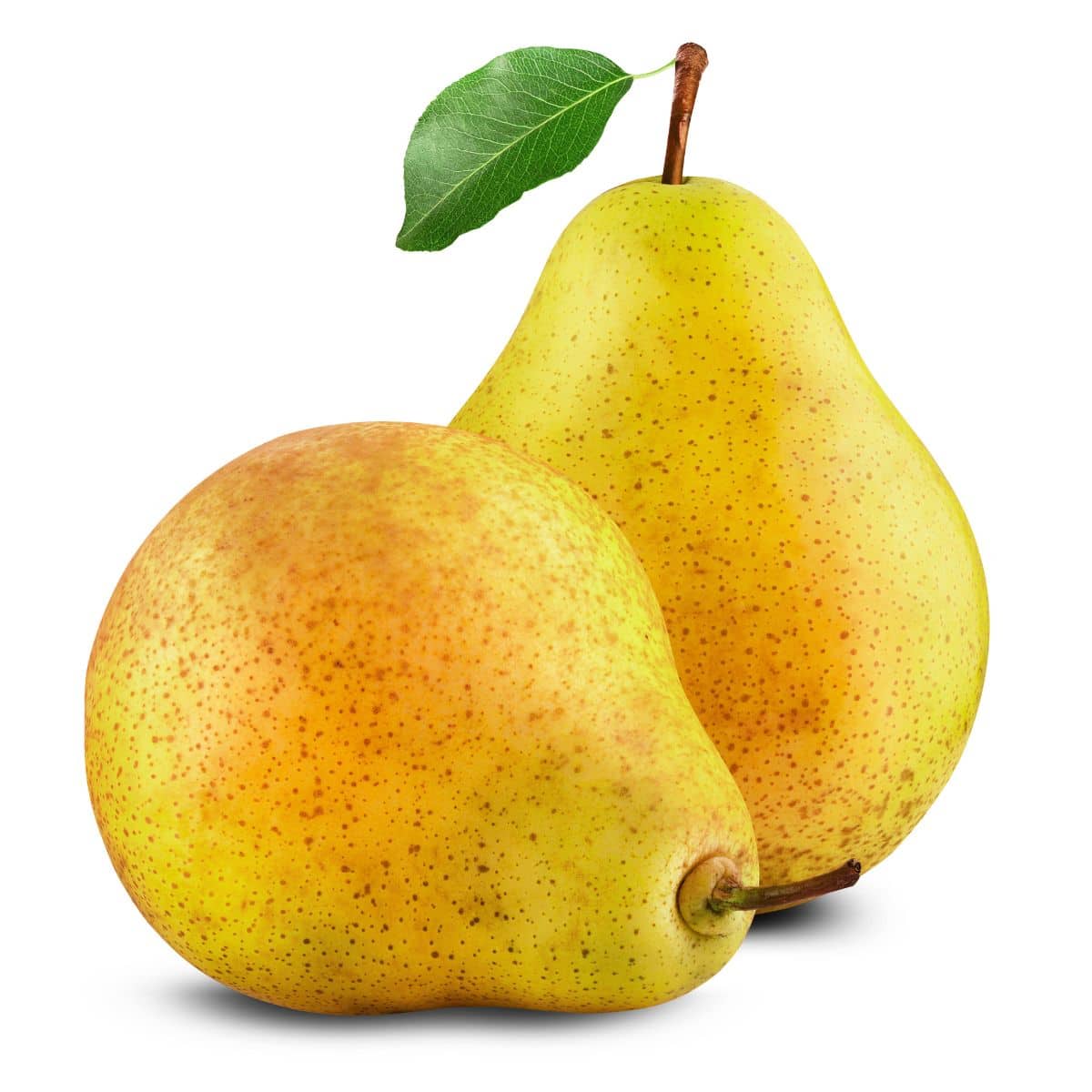
The Williams Pear is another name for the Bartlett Pear in the USA and Canada. This is the most widely grown pear outside of Asia. Pears are consumed and grown in much of the world, and there are around 3,000 varieties. Pears can be eaten so many ways, raw, juiced, dried, candied, in wine, etc. Check out our guide on Pear Types 101, and perhaps consider yet another way to enjoy pears in Pear Pizza with Gorgonzola and Thyme.
Winter Squash
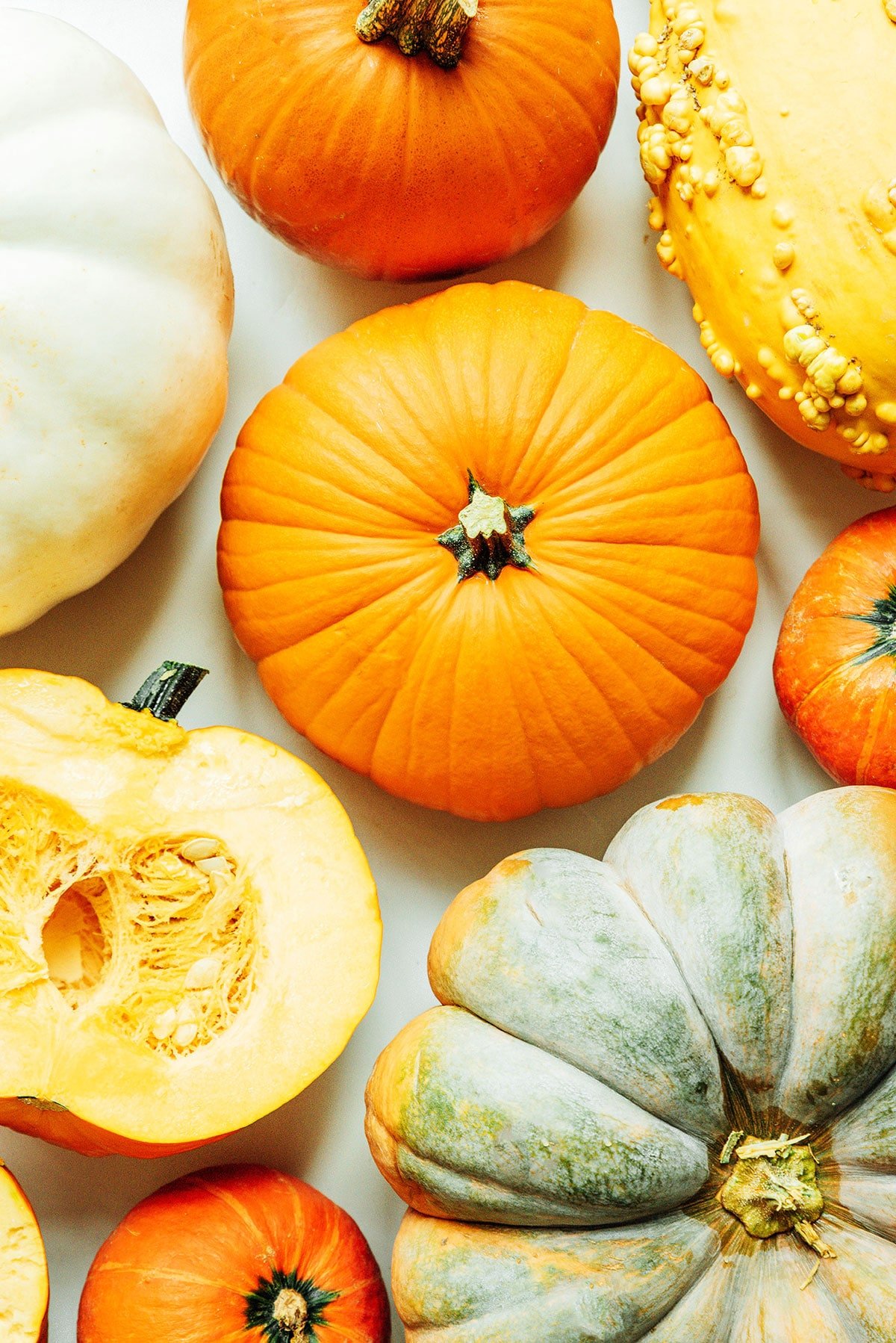
There are two main categories of squash, summer and winter. Summer Squash have more tender skins and do not store for more than a few weeks. Think zucchini and yellow squash. Winter Squash, on the other hand, tend to have a thicker skin and can be stored for quite a while (all through the winter).
For a comprehensive list of both winter and summer squash check out 50 Types of Squash From A to Z. For ways to use these wonderful fruits, check out 10 Vegetarian Butternut Squash Recipes You’ll LOVE or 6 Spaghetti Squash Recipes You’ll LOVE.
Wolf Berry
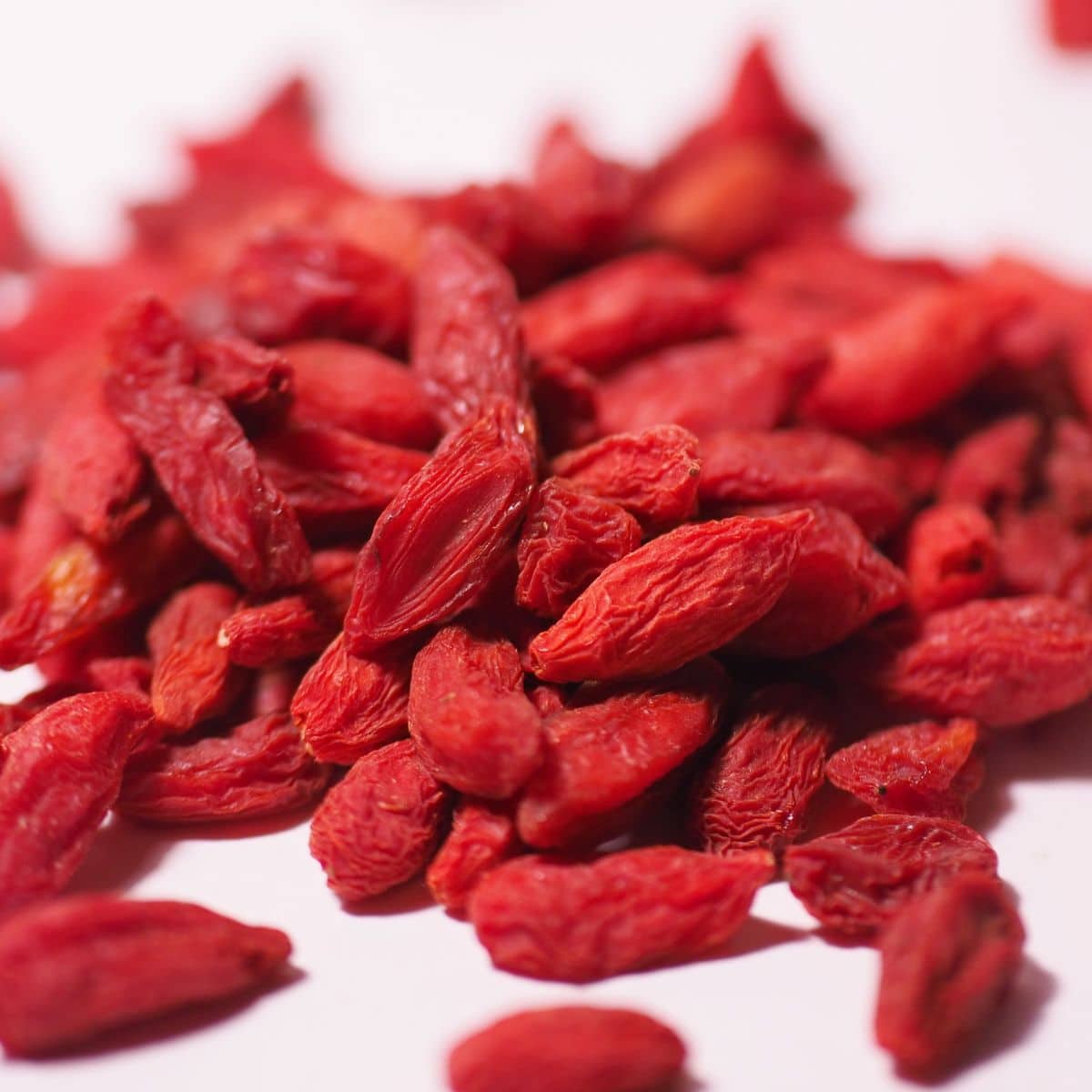
The Wolf Berry is also known as the Goji Berry. They are native to Asia, and have been used in Chinese, Korean, and Japanese cuisine for probably 2,000 years. It has also been long used in these nations for medicinal purposes, and in recent years entered Western markets as a health food though their purported value in this regard has been disputed.
For culinary purposes, they are often eaten dried, and can be used in place or raisins. This led to them being used in some energy bars as a super fruit.
Trivia Answer
The answer is 92% water. In comparison, the human body is made up of about 60% water.
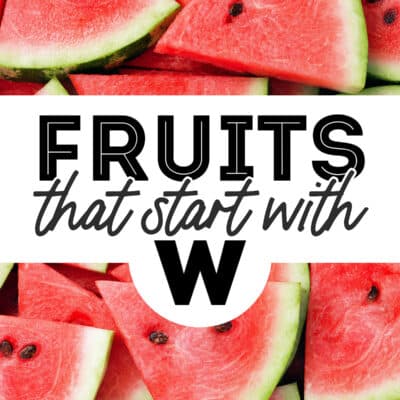
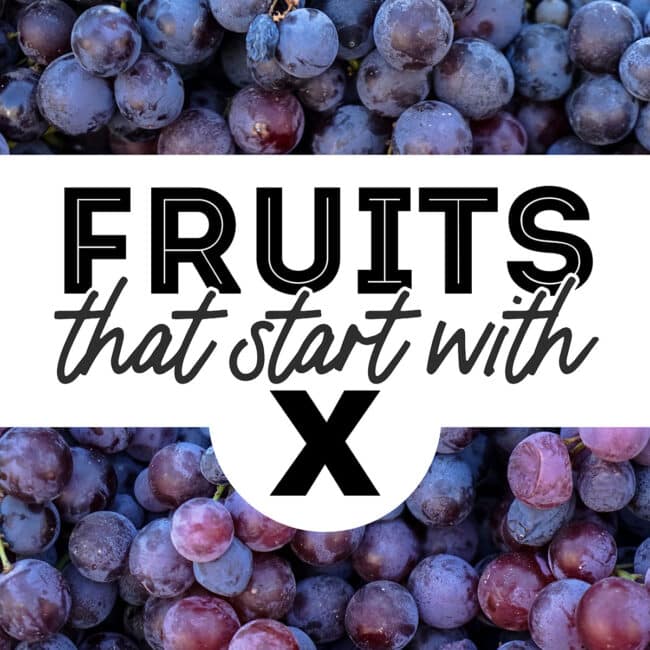
Leave a Comment